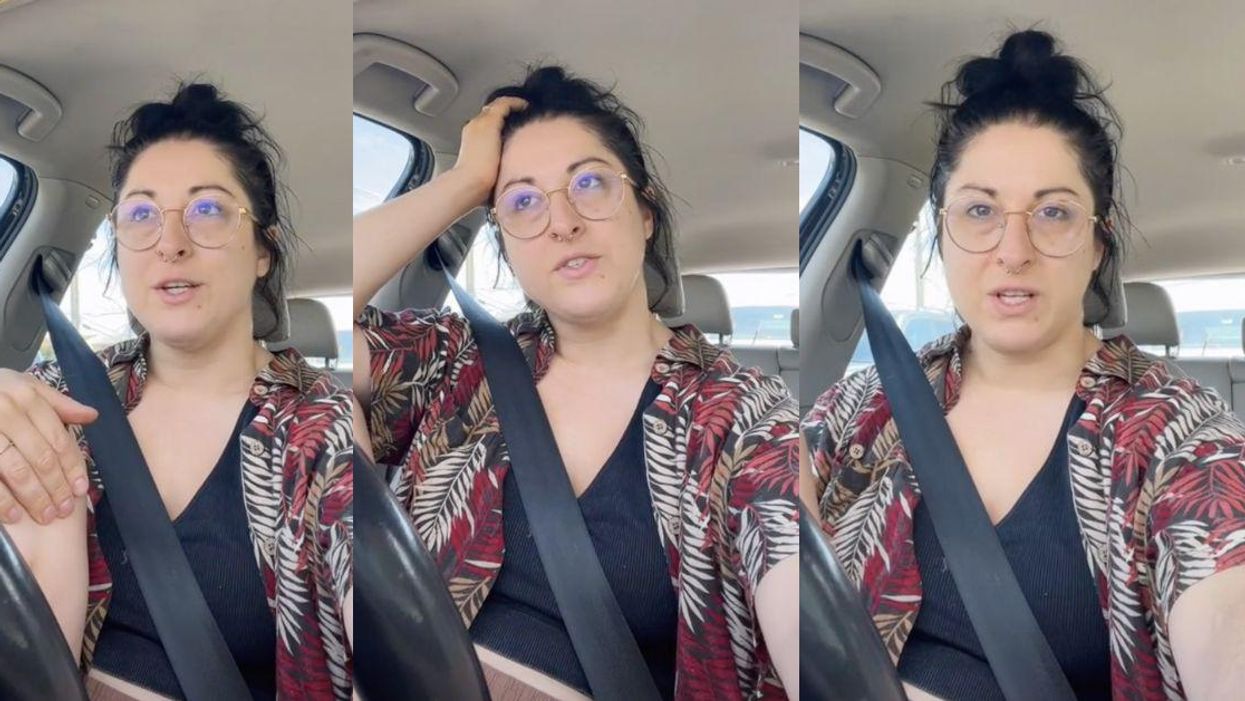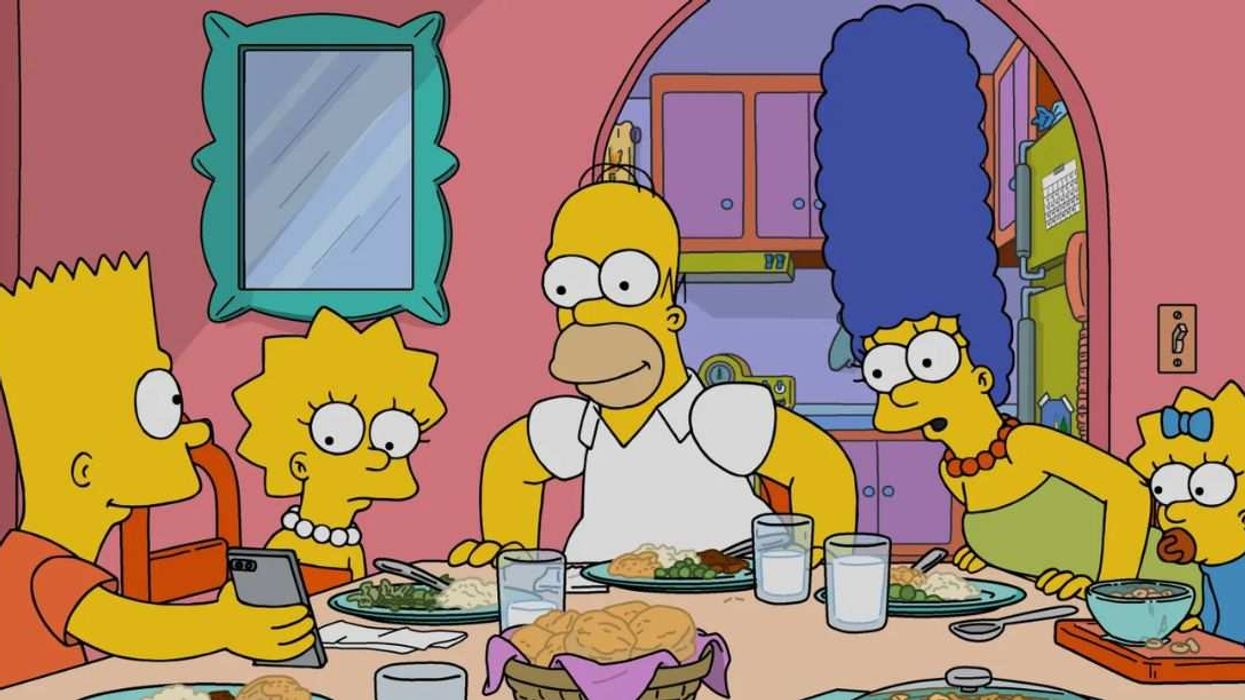In response to the Supreme Court of the United States' consequential decision to overturn Roe v Wade on Friday after their ruling on Dobbs v. Jackson Women’s Health Organization, a labor and delivery nurse shared her concerns about the future regarding patients seeking medical abortions in a viral TikTok video.
Much of the country was devastated after the conservative majority court reversed the landmark 1973 ruling–which federally protected people's reproductive rights.
"I am not ready to be a labor and delivery nurse in a world post Roe v. Wade,” said TikToker Jillian Phillips–a.k.a @jillian_rn4–in a viral video.
@jillian_rn4 Im not ready for this #roevwade #roeversuswade #laboranddelivery #nurse #nursing #laboranddelivernurse #medicalabortion #abortion #nursesoftiktok
"My first thoughts go to the medical side of things, where medical abortions are necessary to save the mother's or even just to reduce an unimaginable amount of suffering," Phillips said.
She continued:
“I can’t help but think of the women who are gonna be forced to carry their baby who is nonviable with life all the way to term just to deliver a baby and watch it die."


She explained she has participated in a "multitude of medical abortions in cases where the fetus is non-viable with life due to various genetic conditions."
One example she mentioned was anencephaly, which according to the Centers for Disease Control and Prevention (CDC) website is "a serious birth defect in which a baby is born without parts of the brain and skull."
It is a neural tube defect (NTD) resulting in the fetus developing without the forebrain as a result of the upper part of the neural tube not closing all the way.
The CDC stated that "almost all babies born with anencephaly will die shortly after birth."
Phillips explained further that it was healthier to terminate the fetus early under those conditions since the fetus "cannot have a vaginal delivery because there's not enough pressure of the head pushing down on the cervix because there's no brain."
"So, the baby has to be born via c-section," said Phillips.
She explained the major surgery poses risks of "hemorrhage, infection, damage to surrounding organs, etc."



Phillips asked viewers to imagine what it would be like for a person without body autonomy to be forced to carry out the remainder of the pregnancy while being fully cognizant the baby will not be able to survive outside of the womb after delivery.
“The loss of a baby at any gestational period is a horrible thing that no one should have to deal with."
"But imagine having to field all of those questions for the extent of your pregnancy with the knowledge that you have knowing that your baby will not survive.”

She concluded the video expressing that while "nursing is hard enough as it is," she couldn't imagine having to watch people suffer "as these decisions are made about their body."


The SCOTUS' decision to overturn Roe v Wade had been anticipated after the initial 98-page majority opinion draft authored by Justice Samuel Alito had leaked to the public.
Alito called the Roe v Wade ruling legalizing abortion "egregiously wrong from the start."


On Friday, the nation received the shocking confirmation of their worst fears when the high court's conservative majority–which included three former Republican President Donald Trump-appointed justices–ruled to uphold an unconstitutional 2018 Mississippi law that bans abortion care after the first 15 weeks of pregnancy.
The power was handed back to the states, which will now determine if they would either impose restrictions or enact outright bans on reproductive choices.














 @grace.bonjibon/TikTok
@grace.bonjibon/TikTok @grace.bonjibon/TikTok
@grace.bonjibon/TikTok @grace.bonjibon/TikTok
@grace.bonjibon/TikTok @grace.bonjibon/TikTok
@grace.bonjibon/TikTok @grace.bonjibon/TikTok
@grace.bonjibon/TikTok @grace.bonjibon/TikTok
@grace.bonjibon/TikTok @grace.bonjibon/TikTok
@grace.bonjibon/TikTok @grace.bonjibon/TikTok
@grace.bonjibon/TikTok @grace.bonjibon/TikTok
@grace.bonjibon/TikTok @grace.bonjibon/TikTok
@grace.bonjibon/TikTok @grace.bonjibon/TikTok
@grace.bonjibon/TikTok @grace.bonjibon/TikTok
@grace.bonjibon/TikTok @grace.bonjibon/TikTok
@grace.bonjibon/TikTok
 @trapdaddyvoss/X
@trapdaddyvoss/X @catsonacouch/Threads
@catsonacouch/Threads @irl_loading_screens/Threads
@irl_loading_screens/Threads @kristinroheclancy/Threads
@kristinroheclancy/Threads r/Minnesota/Reddit
r/Minnesota/Reddit r/Minnesota/Reddit
r/Minnesota/Reddit r/Minnesota/Reddit
r/Minnesota/Reddit r/Minnesota/Reddit
r/Minnesota/Reddit r/Minnesota/Reddit
r/Minnesota/Reddit r/Minnesota/Reddit
r/Minnesota/Reddit r/Minnesota/Reddit
r/Minnesota/Reddit r/Minnesota/Reddit
r/Minnesota/Reddit
